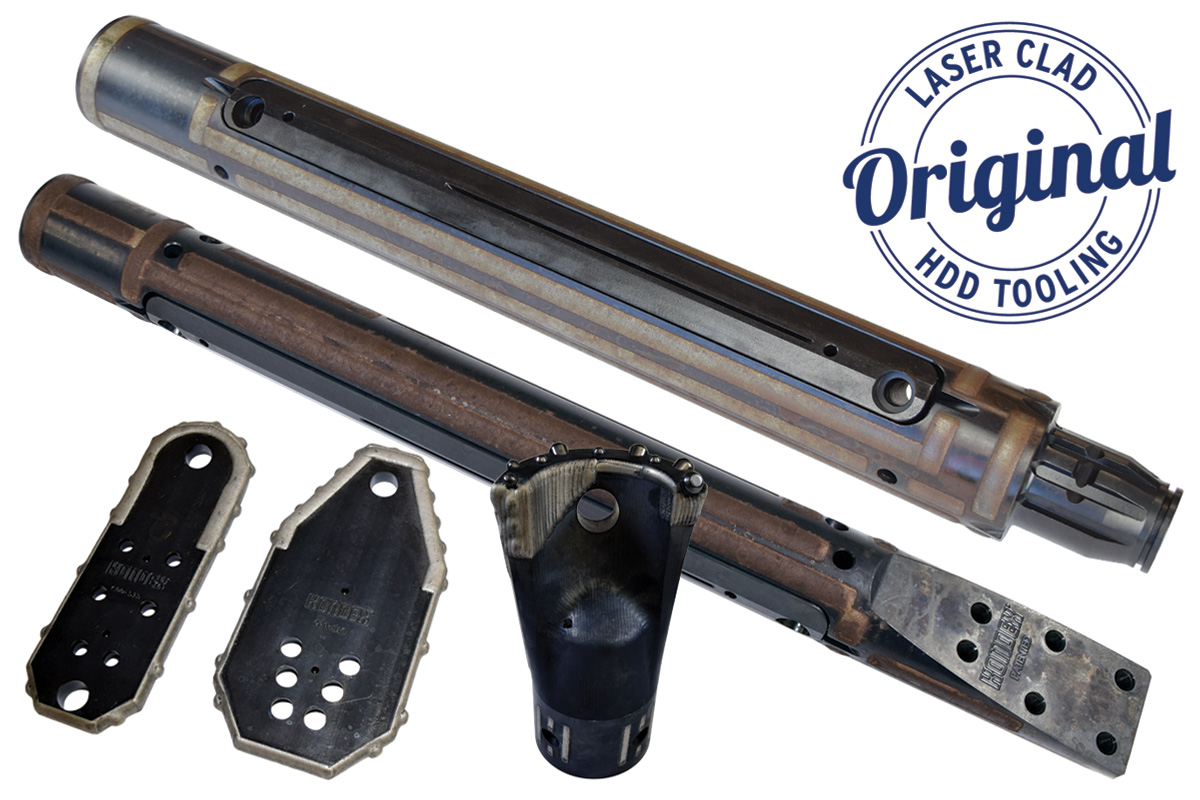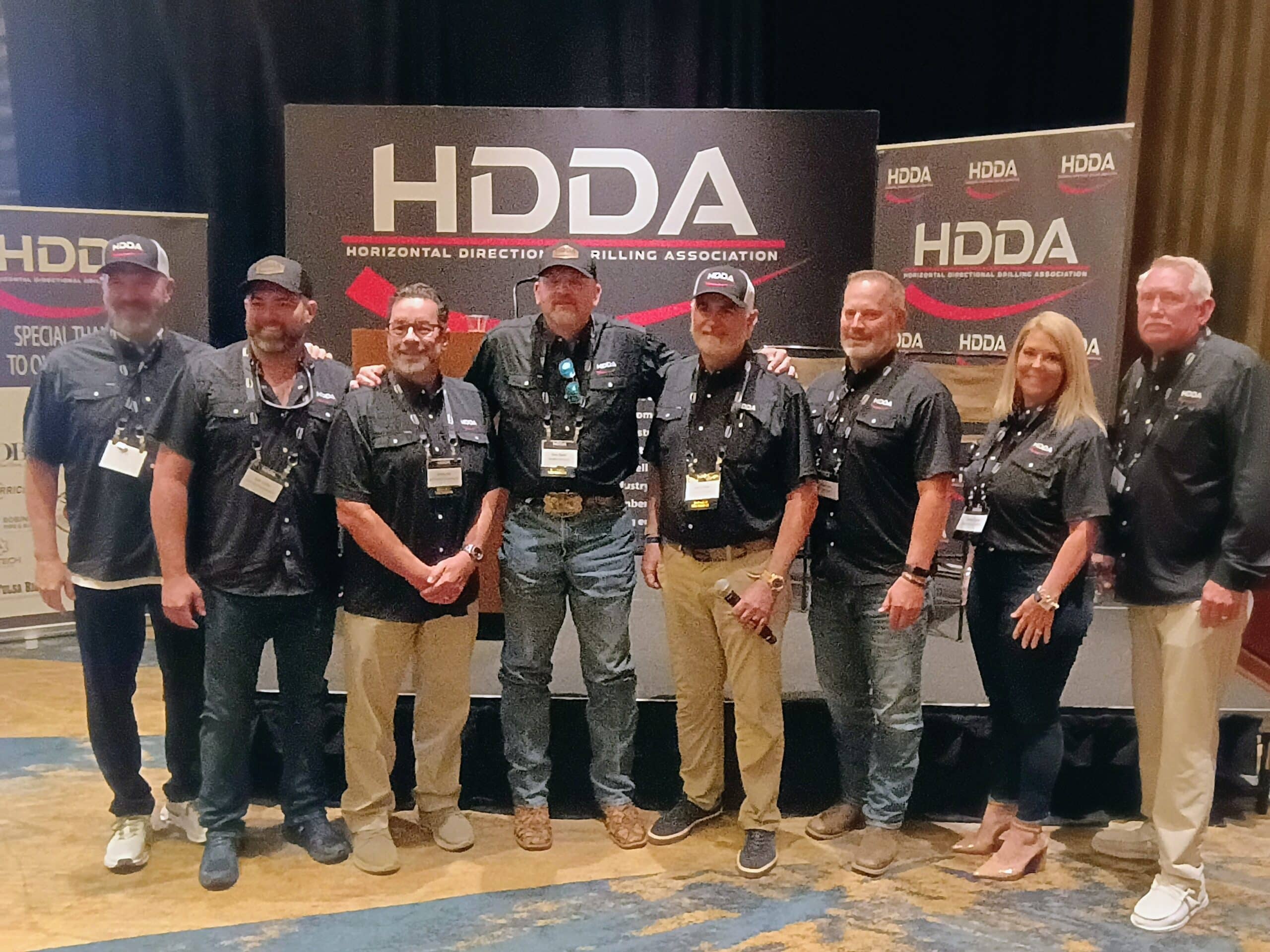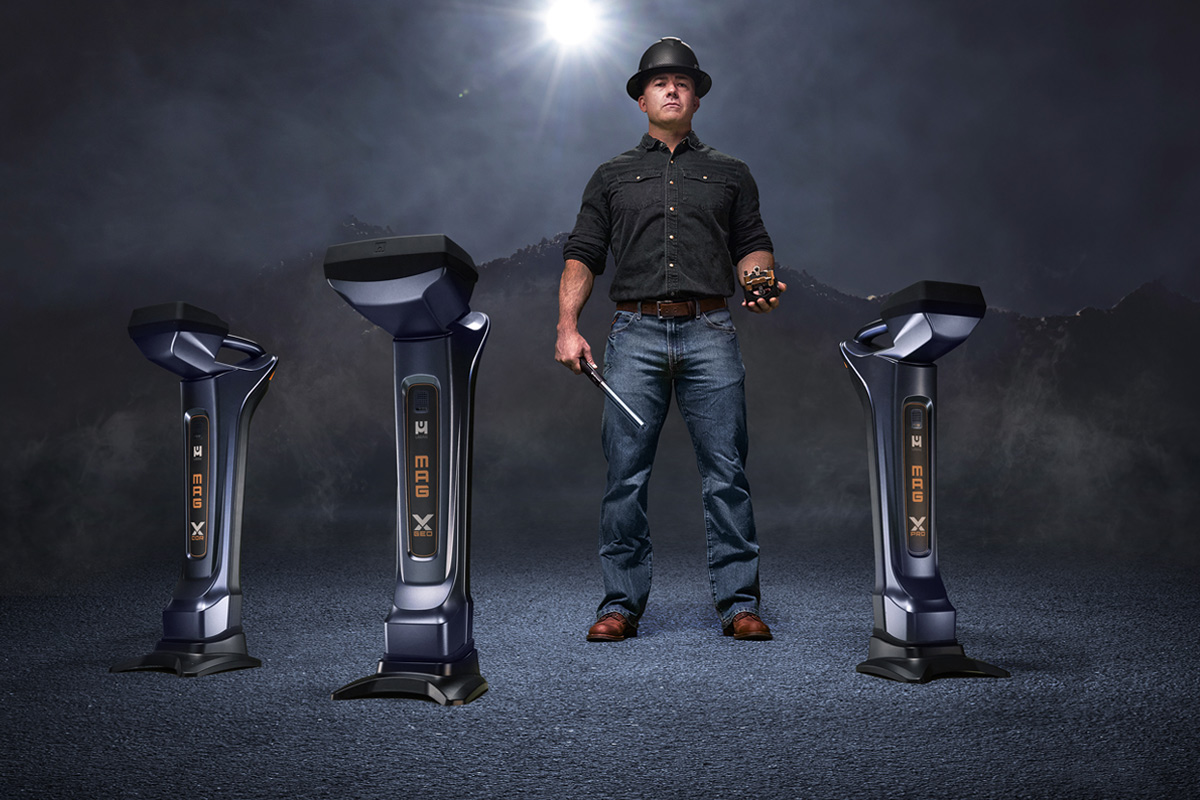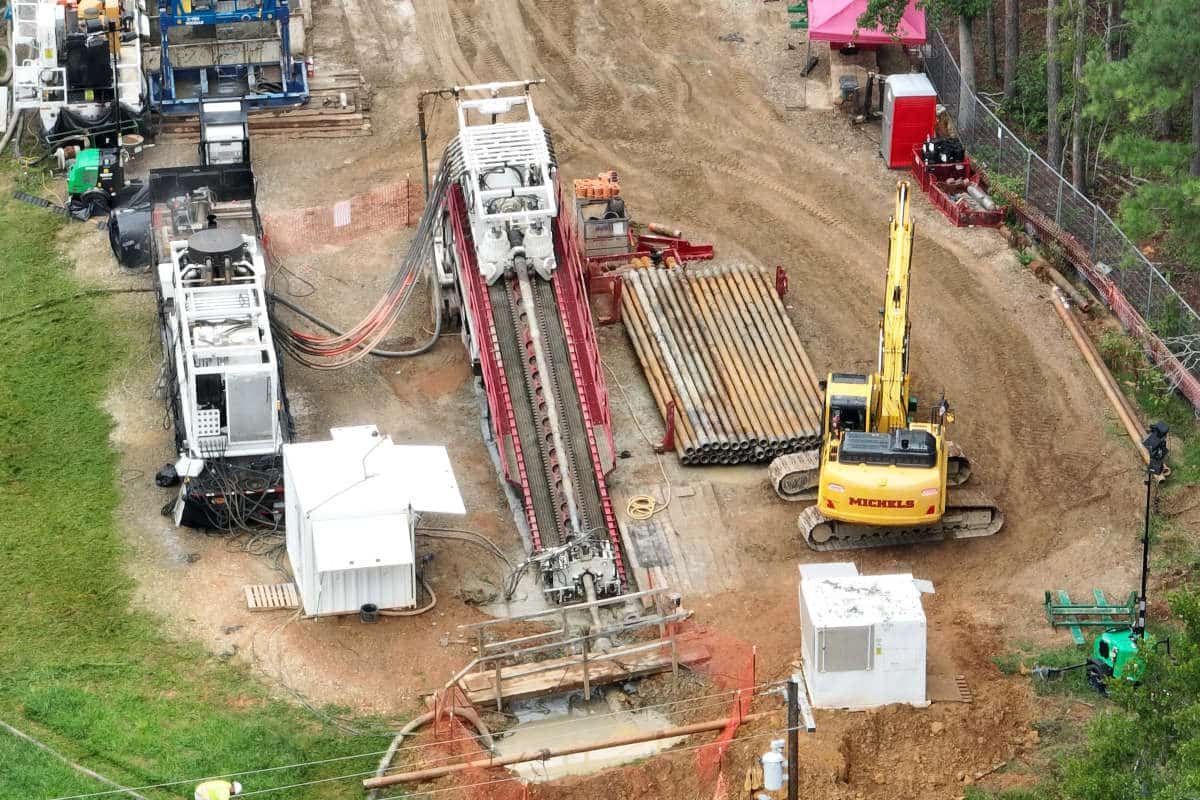Drill Master: Locate — The Need to Expose & Monitor
Underground utilities and the HDD industry have mixed liked oil and water since the industry’s inception. Accusations and complaints — both real and imagined — have been hurled back and forth between the utility industry and the drilling contractors. All parties realize that the way to prevent damages is to expose the utilities in the drill path or adjacent to it before drilling. How do you do this in a way that is cost-effective and minimizes destruction to roads, improved lawns and grounds?
Utility Locators
How do these 40-plus-ft deep bores get located? Most utility locators only locate to depths of 20 ft or so. All states in the United States now have a call-before-you-dig law. Basically, this law gives the utility company two to three days to locate and mark its utility.
Pipe and cable locators broadcast a radio signal on a utility and the receiver reads the signal. Some locators can simultaneously broadcast two or more signals, and the receiver will tell the person locating which signal is flowing better on the utility. Ninety-nine percent of the locating manufacturing companies agree the best way to locate a utility is to direct-connect to the line.
Coil clamps are another option for broadcasting a signal to a utility line. Indirect or induction broadcasting is by far the most inaccurate method to locate. This method can broadcast a signal to all the utilities in the area and confuse the locate personnel. Some HDD locators on the market today will also locate underground utilities.
Many HDD contractors double-check the utility marks in the bore path. Even though there is a red line painted on the ground signifying a buried electric line, the contractor still needs to expose this line by non-destructive means. How many times has a contractor hand dug to a depth of 5 ft with no electric line visible? Contractors need to perform their own locates by someone well versed in utility locating. This person is usually the HDD locator because of the vast experience this person has locating the HDD head. The price of a high-end utility locator is quite low compared to two to three crewmembers digging for two hours a day, five days a week and 52 weeks out of the year.
It is also a good idea to take note of the surrounding area of the bore path. Is there a gas grill in the backyard? Is electric or gas heat in the garage or a shed in the backyard? Can you see a trench line where there are no utilities marked? Most utility companies are not required to locate these lines on private property.
Non-destructive Means
Once the utility has been located, there are three methods that can be used to accomplish its exposure: mechanical exposure and pneumatic- and hydro-excavation.
Mechanical exposure can be accomplished by either hand-digging or through other mechanized means such as a backhoe. Hand-digging requires a tremendous amount of time in order to dig a pothole to the required depth of the buried service. Another consideration, other than time and manpower, is the possibility of injury to workers using the shovel method. Using a backhoe for exposure increases the amount of restoration required to return the area to its natural condition and further increases the possibility of damage to the underground utility.
Pneumatic- and hydro-excavation practices are by far the best methods to use when attempting non-destructive exposure of buried utilities. Pneumatic-excavation retrieves the spoil in a dry condition, which can later be used as backfill, while special hydro reduction digging tools make this a one-person operation. Both methods can dig a 6-in. diameter hole to a depth of 5 ft in less than 20 minutes.
Furthermore, the vacuum excavator can perform double-duty by vacuuming drilling fluid from the sump in front of the machine and removing frac-outs along the bore path.
Finally, to bore either above or below a given utility without exposing that service and monitoring the progress of the drilling head and reamer is not recommended. It is senseless to put your crew and yourself in harm’s way to install a service. In our industry, we need to exhibit professionalism when working with buried plant by locating, exposing and monitoring the installation.
John Archambeault is regional sales manager for locators at Mclaughlin Mfg., as well as a member of the Electronic Drillmaster Advisory Board. All Electronic Drillmaster Reports are reviewed by the Electronic Drillmaster Advisory Board: Archambeault; John Bieberdorf, The Charles Machine Works Inc.; Siggi Finnsson, Digital Control Inc.; and Ed Savage, Vermeer Corp.
![]()




